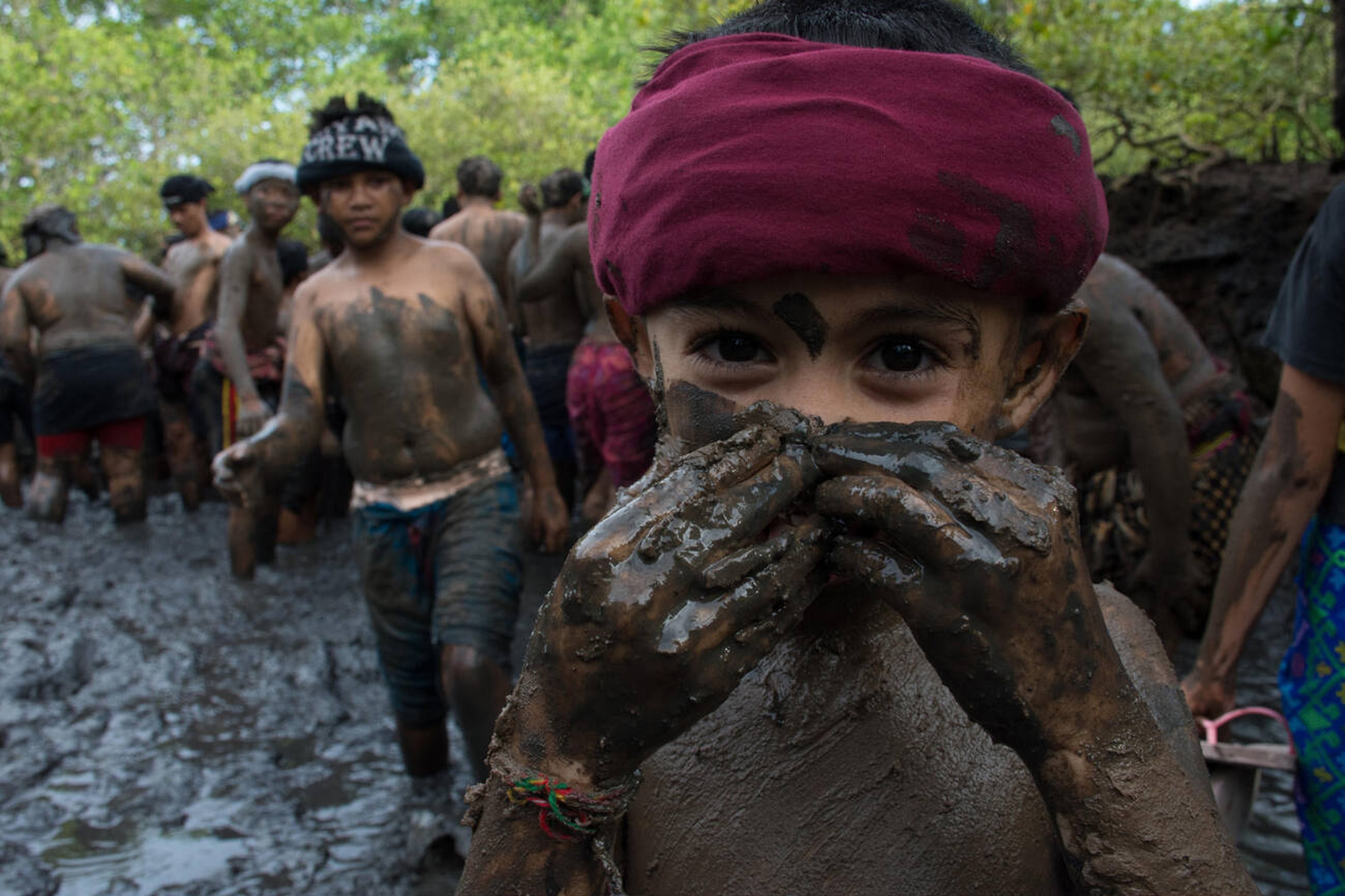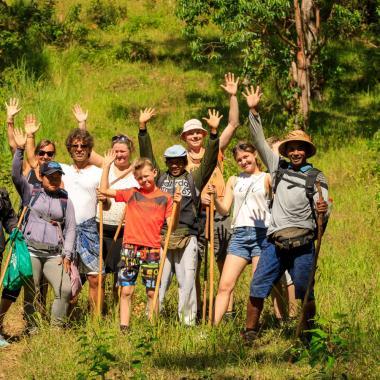Bali, the Island of the Gods, is renowned for its deep-rooted culture and unique traditions. One of the most extraordinary and lesser-known rituals is Mebuug-Buugan, a sacred mud war held in Desa Adat Kedonganan, Kuta, Badung. Commencing the day after Nyepi, Bali’s Day of Silence, this tradition blends spiritual cleansing with community celebration, making it both meaningful and memorable.
Commencing the day after Nyepi, Bali’s Day of Silence, this tradition blends spiritual cleansing with community celebration
The Meaning Behind the Mud
The term Mebuug-Buugan comes from the Balinese word Buug, which means mud or soil. This isn’t just about playing in the dirt—it’s about interacting with the earth as a symbolic form of purification. The mud represents negativity, and as participants smear it onto one another, it becomes a metaphor for cleansing the self from evil influences or unwanted traits. Each person is viewed as a representation of Bhutakala—dark forces or chaotic energies—that must be cleansed to restore inner balance and harmony.
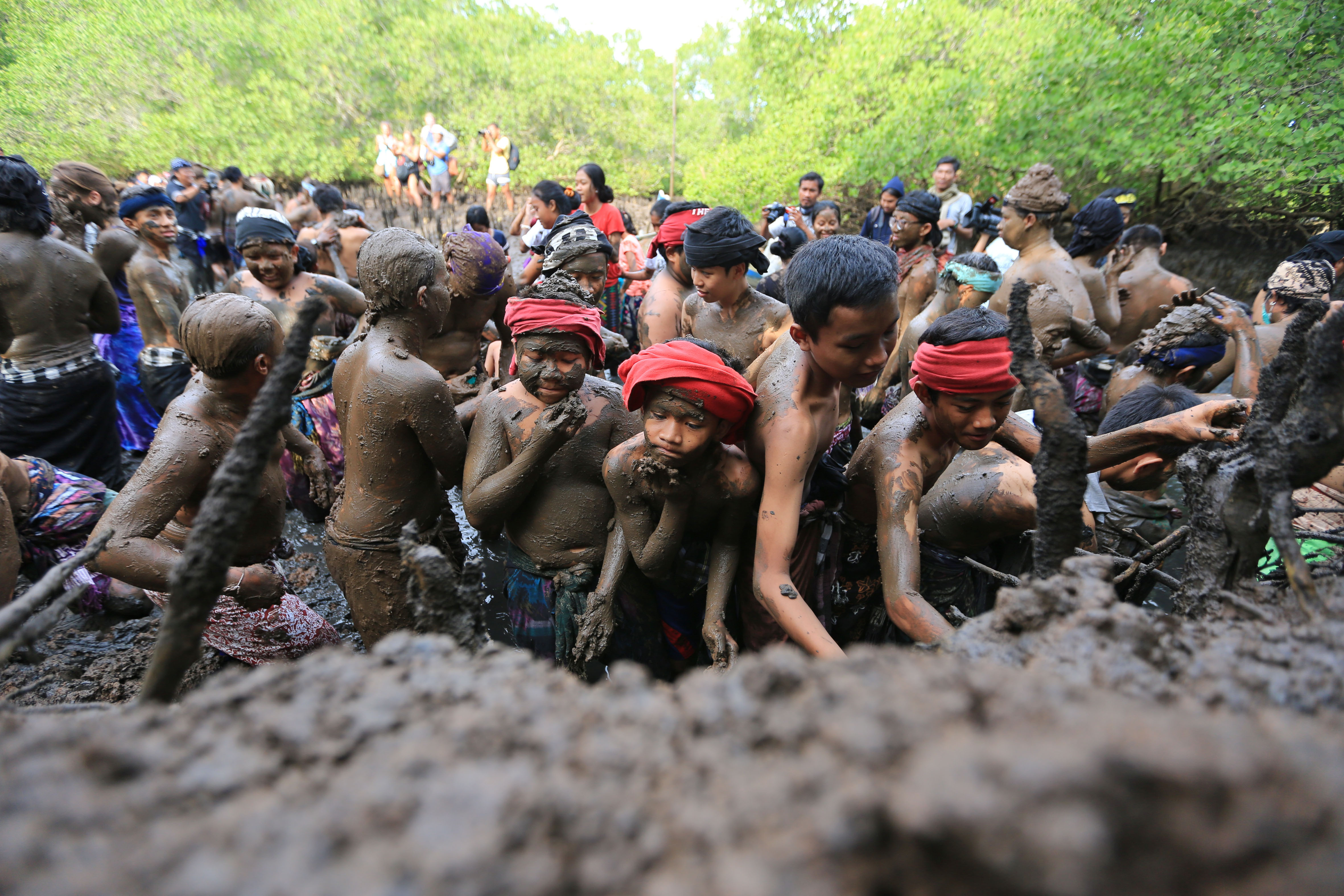
The ritual embodies a deeper spiritual philosophy: the human form is tied to nature, and through nature—here represented by the mud—we find a way to purify our thoughts, actions, and spirit.
A Purification Ritual
Mebuug-Buugan is performed on Umanis Nyepi, the day after the silent reflection of Nyepi. While Nyepi is marked by complete stillness, no lights, and no activity, Mebuug-Buugan bursts forth with lively laughter, movement, and togetherness. The contrast is intentional—after a day of solitude and introspection, the community rejoins in joy and social interaction, reflecting balance and renewal.
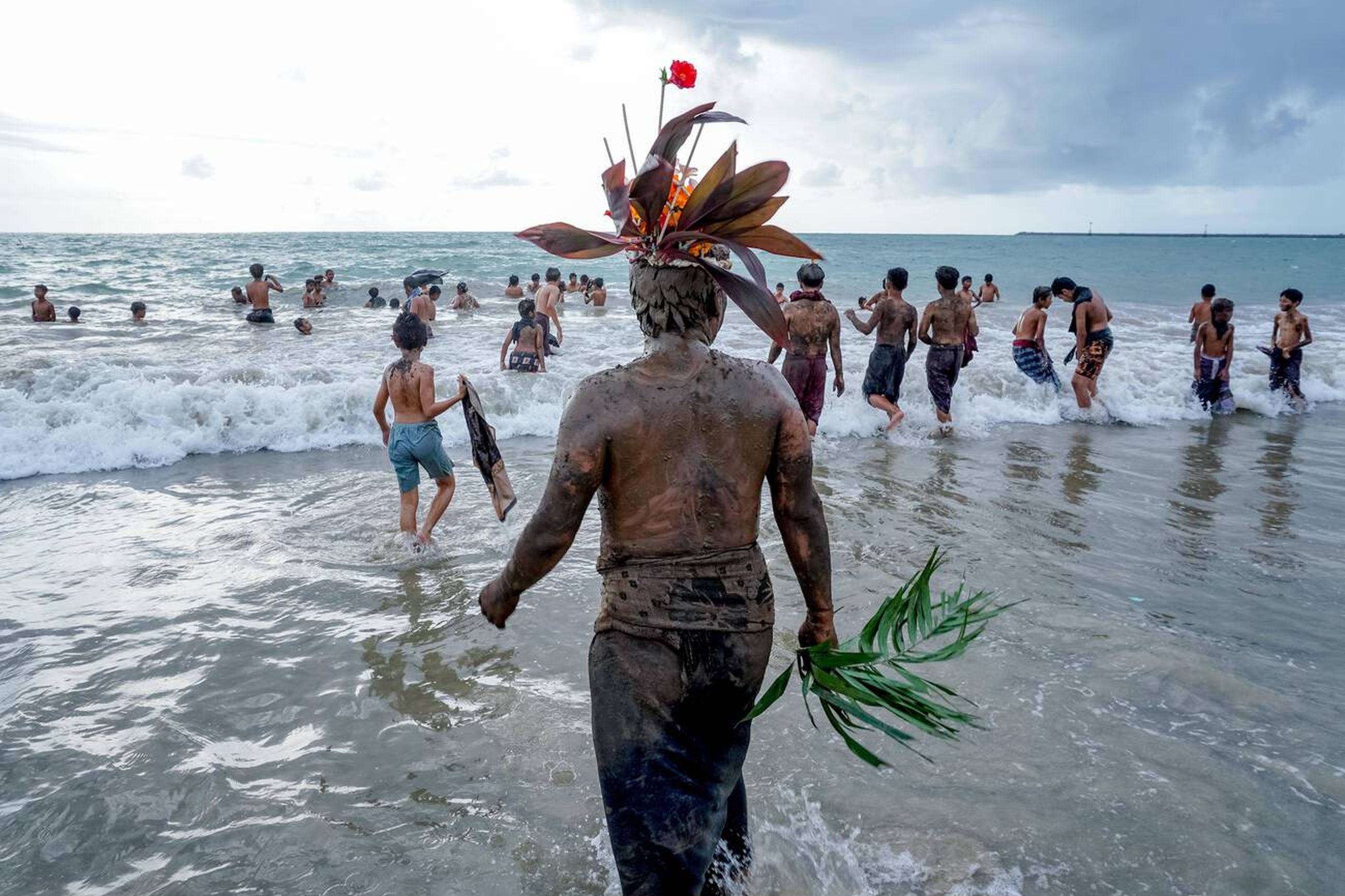
Participants—men and women of all ages—gather in a muddy field and begin hurling mud at each other in a joyful, non-violent battle. The event becomes a living metaphor for shedding impurities, both physically and spiritually. Once the mud fight concludes, villagers make their way to the white-sand coast of Kedonganan Beach to wash themselves clean in the ocean, completing the ritual of purification.
Reviving a Forgotten Legacy
Although believed to have existed long before the colonial era, Mebuug-Buugan had gone silent for over six decades. Its last known practice halted around the 1960s following the eruption of Mount Agung and the social-political turmoil during the G30S/PKI conflict. Fear and instability led to the temporary disappearance of many cultural rituals, including this one.
It wasn’t until 2017 that the youth of Kedonganan, inspired by their elders and led by a desire to reconnect with ancestral customs, decided to revive the tradition. Through research and community engagement, they brought Mebuug-Buugan back to life—this time not just as a sacred ritual, but also as a symbol of cultural resilience. Local leaders fully supported its revival, seeing in it the potential not only for spiritual and communal value but also for cultural tourism.

Celebrating Togetherness and Identity
Beyond its philosophical meaning, Mebuug-Buugan is a reminder of the power of togetherness. After observing the strict disciplines of Catur Bratha Penyepian, the tradition invites everyone to reconnect—laughter, play, and mud flying in all directions. It’s messy, it’s raw, and it’s real. But beneath the joyful chaos lies a sacred purpose.
The ritual also reflects Bali’s spiritual framework of Tri Hita Karana—the harmony between humans, nature, and the divine. Mebuug-Buugan becomes an embodiment of this principle, allowing people to cleanse themselves with the elements and express gratitude to Ida Sang Hyang Widhi Wasa (God Almighty) for life, safety, and prosperity.
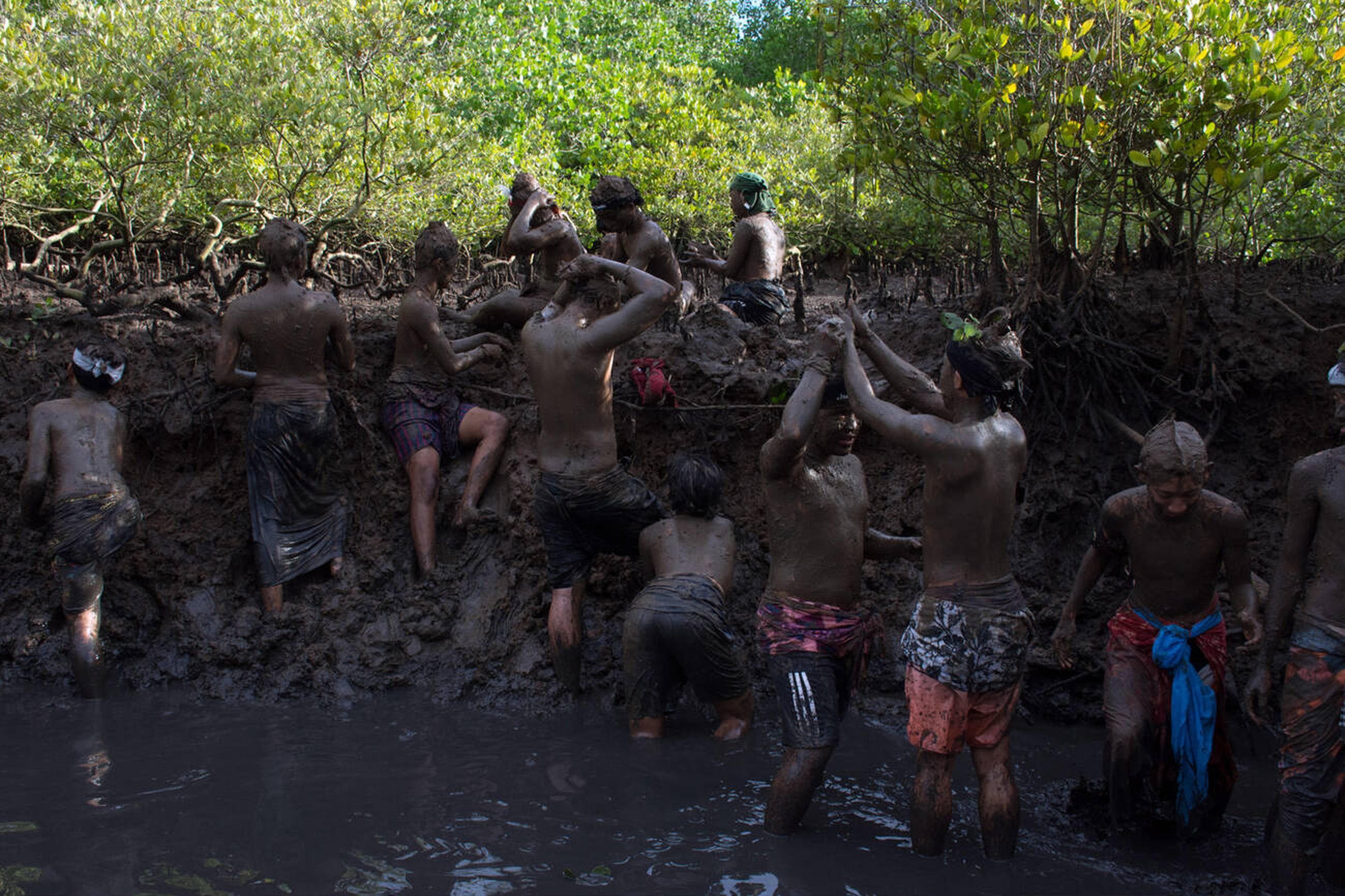
Keeping the Spirit of Bali Alive
In a world that moves fast and forgets easily, traditions like Mebuug-Buugan serve as cultural anchors. They are more than rituals—they’re expressions of identity, belief, and collective memory. Today, the people of Kedonganan continue to keep this sacred mud tradition alive, not just for themselves, but as a legacy for future generations.

